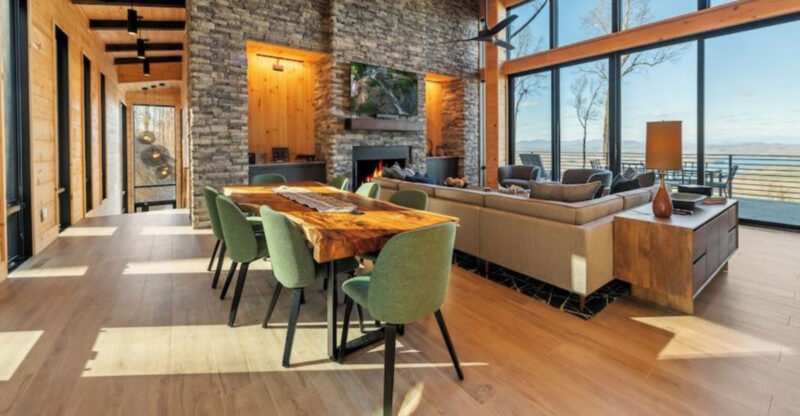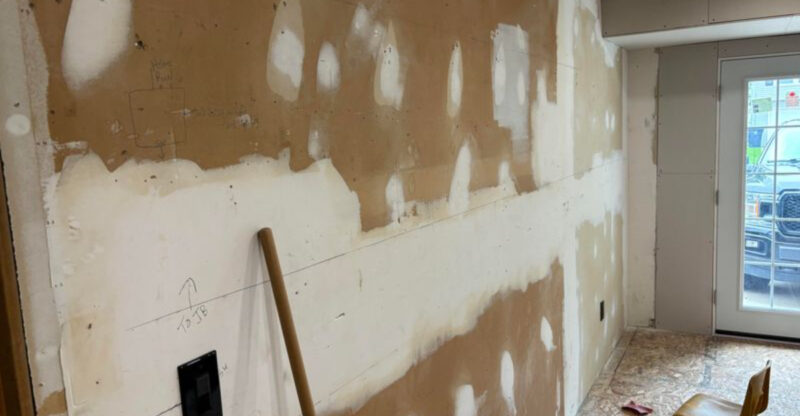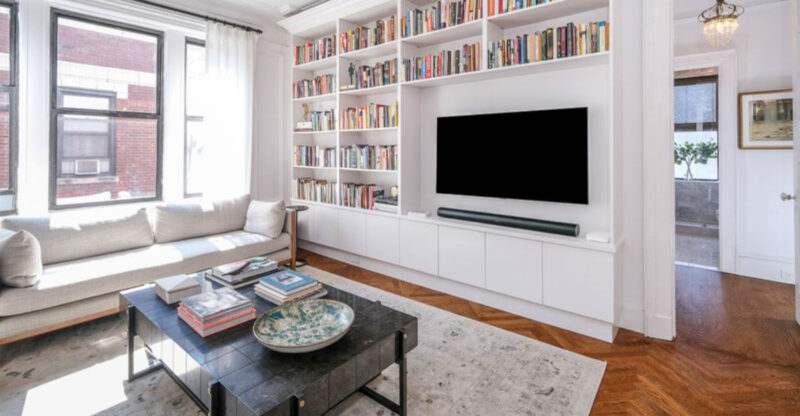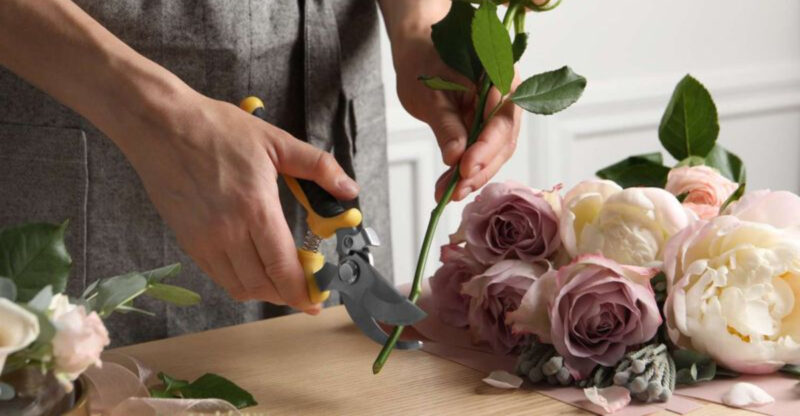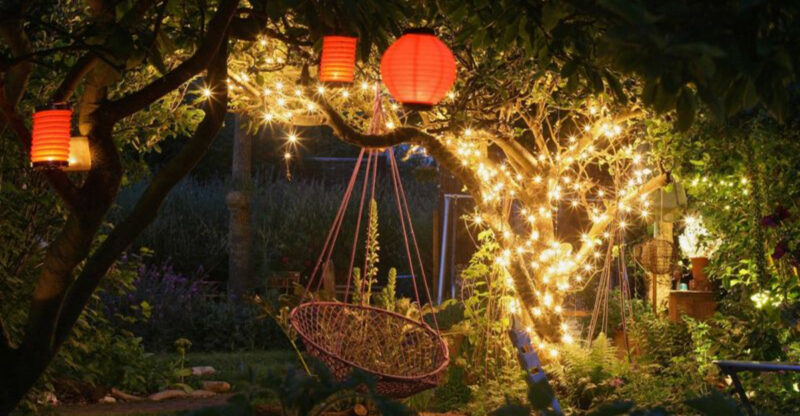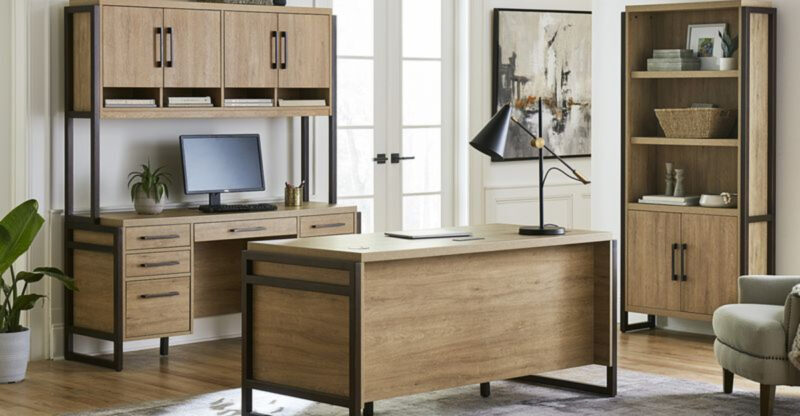12 Simple Tips To Make Your Living Room Look Expensive And 10 Things You Should Avoid
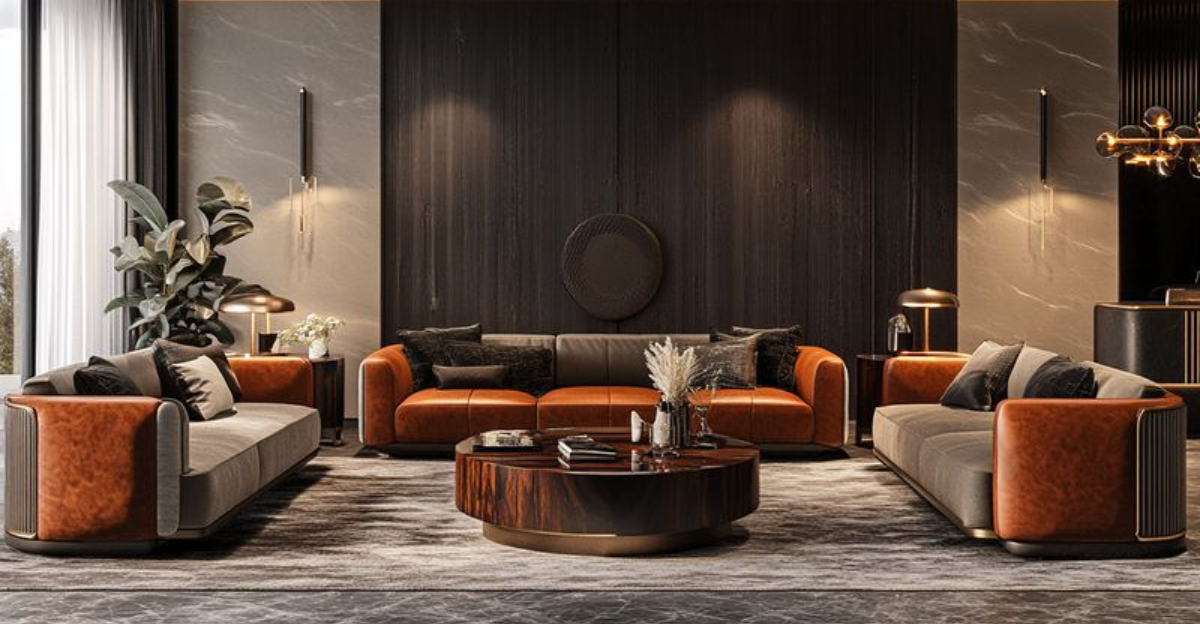
Transforming your living room into a luxurious space doesn’t require spending thousands of dollars. With strategic choices and clever design tricks, achieving a high-end look on any budget is possible.
The secret lies in knowing which elements elevate a space and which ones can instantly cheapen it, helping create a living room that looks worthy of a design magazine.
1. Invest In Quality Lighting
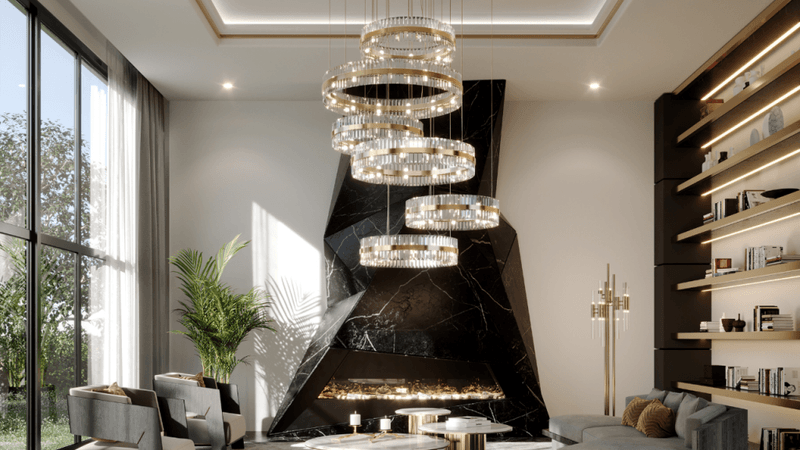
Stunning lamps and fixtures act as jewelry for your living space. Look for options with substantial bases, unique designs, or interesting materials. Quality lighting creates ambiance while serving as a focal point.
Even one statement chandelier or a pair of elegant table lamps can dramatically elevate the perceived value of your entire room.
2. Incorporate Statement Art Pieces
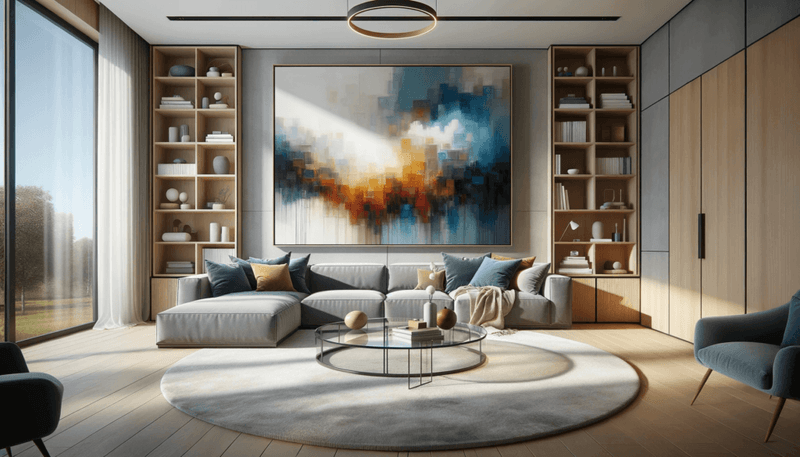
Large-scale artwork instantly commands attention and creates a sophisticated focal point. One substantial piece often works better than several smaller ones. Statement art doesn’t necessarily mean expensive.
Framing vintage posters, textiles, or even your own photographs in quality frames can create that gallery-worthy impact without breaking the bank.
3. Choose A Neutral Color Palette
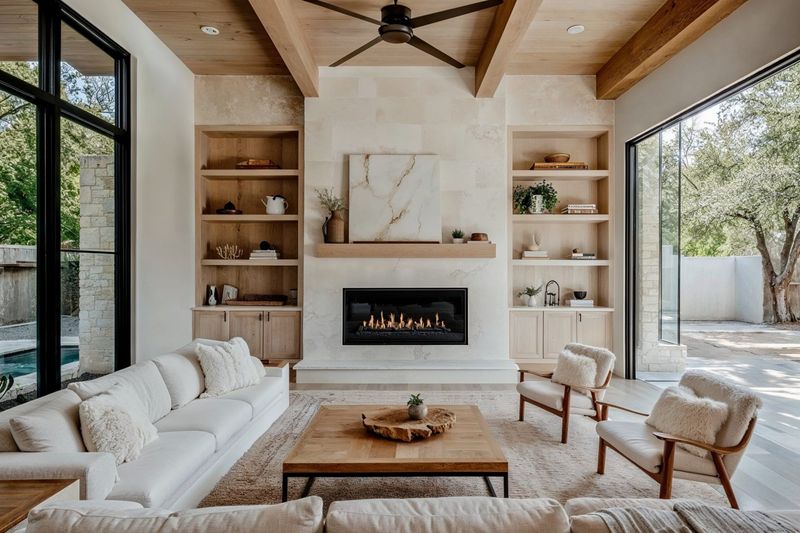
Refined spaces often feature subdued, harmonious colors that create a sense of calm. Think soft whites, beiges, grays, and earthy tones as your foundation.
Neutral palettes allow your furniture and accessories to shine. They also create a timeless backdrop that won’t quickly date your space, making it appear more thoughtfully designed and expensive.
4. Opt For Large Area Rugs
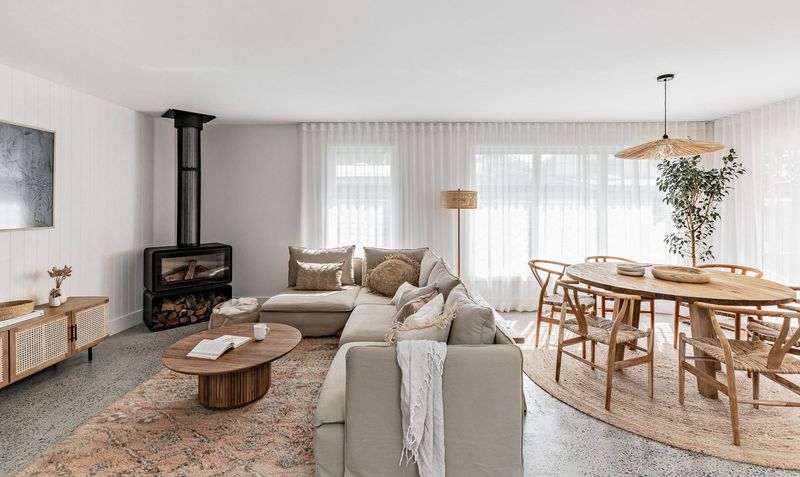
Generous floor coverings anchor your space and create a foundation of luxury. A rug should extend under all furniture pieces or at minimum under the front legs.
Area rugs define conversation areas while adding warmth and comfort. Investing in the largest size you can afford creates visual expansion and instantly elevates the perceived value of your entire living area.
5. Use Decorative Molding Or Trim
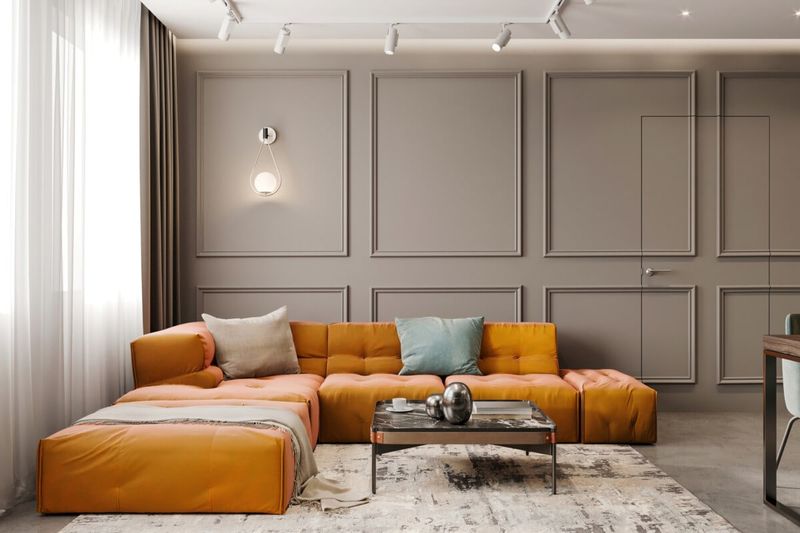
Architectural details transform ordinary walls into custom-designed spaces. Crown molding, wainscoting, or even applied trim patterns create instant character. These elements bring a sense of permanence and craftsmanship to your room.
Even in newer homes, adding these relatively inexpensive details can mimic the charm of expensive historic properties while creating visual interest.
6. Add Fresh Flowers Or Greenery
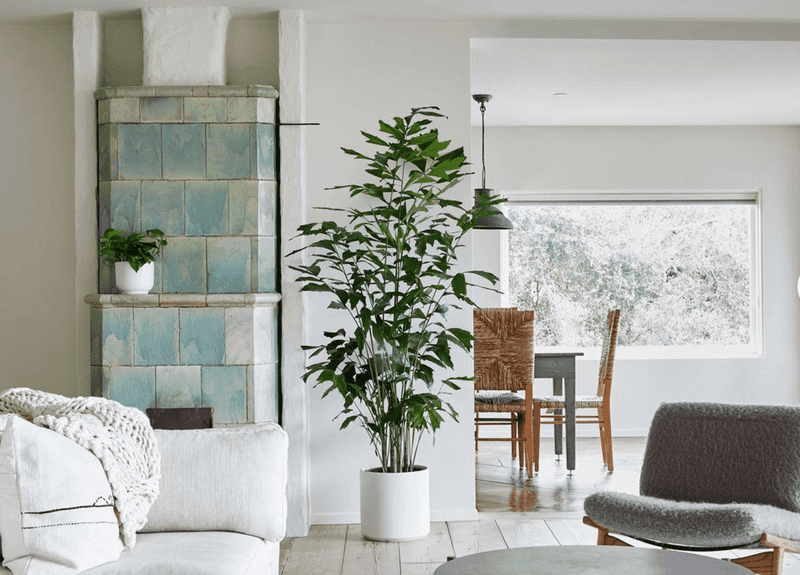
Natural elements bring life and a sense of thoughtful maintenance to any space. Even a simple arrangement of grocery store blooms or a striking houseplant makes a difference.
Greenery signals attention to detail characteristic of high-end interiors. The organic shapes and colors of plants provide a perfect counterpoint to structured furniture, while creating that effortlessly curated look found in designer spaces.
7. Display Curated Accessories
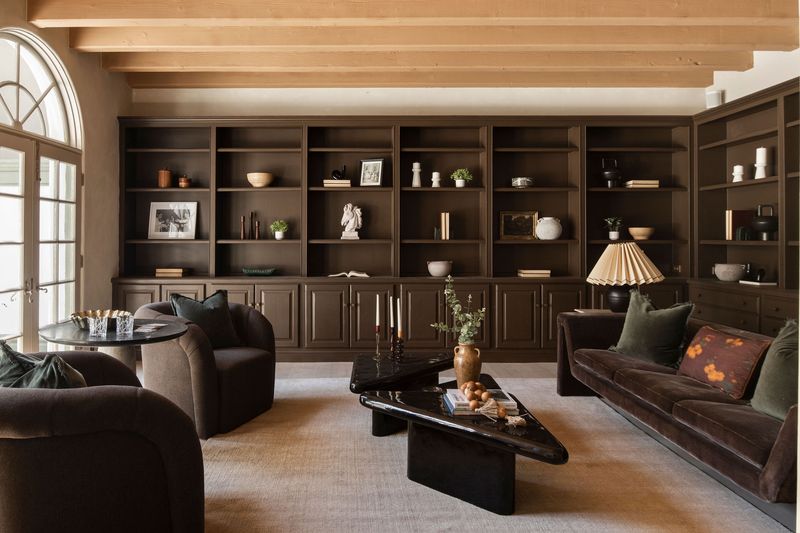
Thoughtfully selected objects tell your personal story while adding sophisticated detail. Quality over quantity is the golden rule when accessorizing a luxurious space. Curated collections, whether vintage books, art objects, or travel souvenirs, create points of interest.
Grouping similar items together and leaving breathing room around them elevates their importance, making even inexpensive pieces look deliberately chosen.
8. Select Elegant Window Treatments
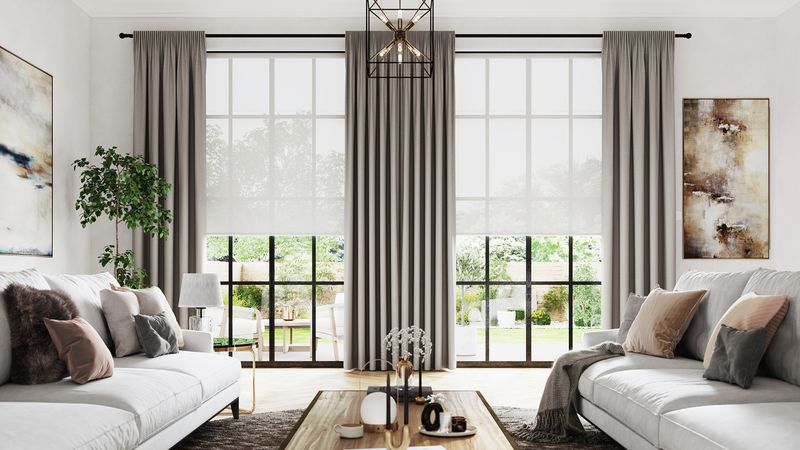
Properly dressed windows frame your view while adding height and drama. Floor-to-ceiling curtains hung close to the ceiling create an illusion of grandeur.
Window treatments in natural fabrics like linen or cotton appear more luxurious than synthetic alternatives. Even simple panels gain elegance when they’re properly sized, lined, and hung at the appropriate height above your windows.
9. Keep Clutter To A Minimum
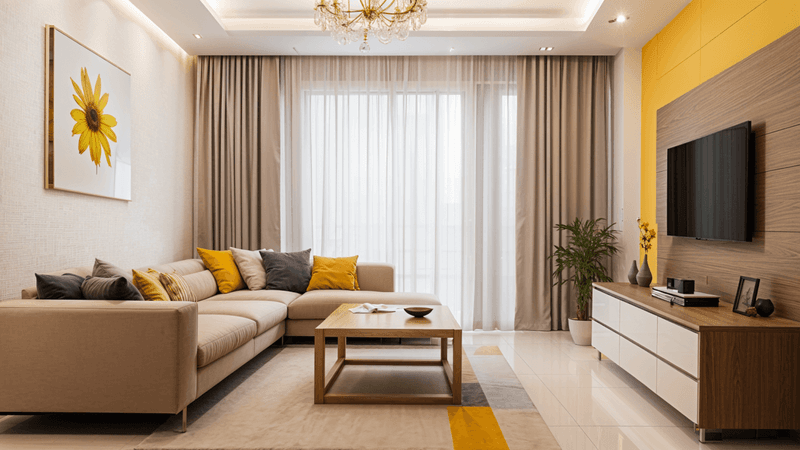
Breathing room around furnishings creates an atmosphere of intentional abundance rather than cramped necessity. Expensive spaces never feel overcrowded or chaotic. Strategic emptiness allows each piece to shine individually.
Removing unnecessary items, organizing essentials, and maintaining clear surfaces communicates luxury more effectively than filling every inch with objects, no matter how costly they might be.
10. Layer Textures For Depth
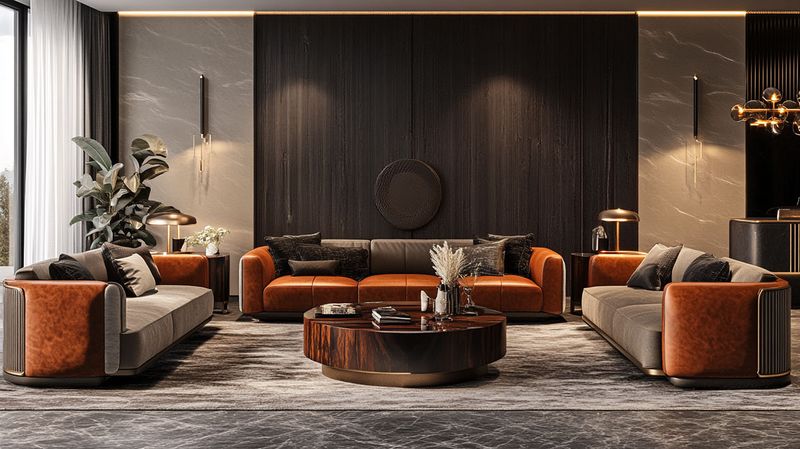
Richness comes from tactile variety, not just visual elements. Velvet pillows against linen upholstery, or a chunky knit throw on a smooth leather chair creates dimension.
Texture layering signals intentional design choices. When materials complement each other thoughtfully, the space feels curated rather than simply furnished, giving it that expensive, designer-touched quality.
11. Mix High And Low Design Pieces
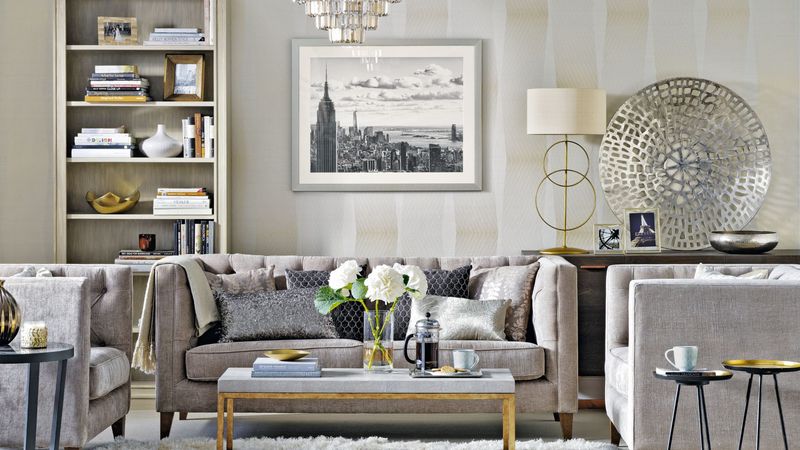
Strategic splurging creates authenticity in your space. Investing in one quality sofa while saving on side tables gives you the best of both worlds.
Mixing price points creates collected-over-time appeal that feels more genuine than matching sets. This approach allows you to allocate your budget toward items with maximum visual impact while finding creative solutions for less prominent pieces.
12. Use Mirrors To Reflect Light And Space
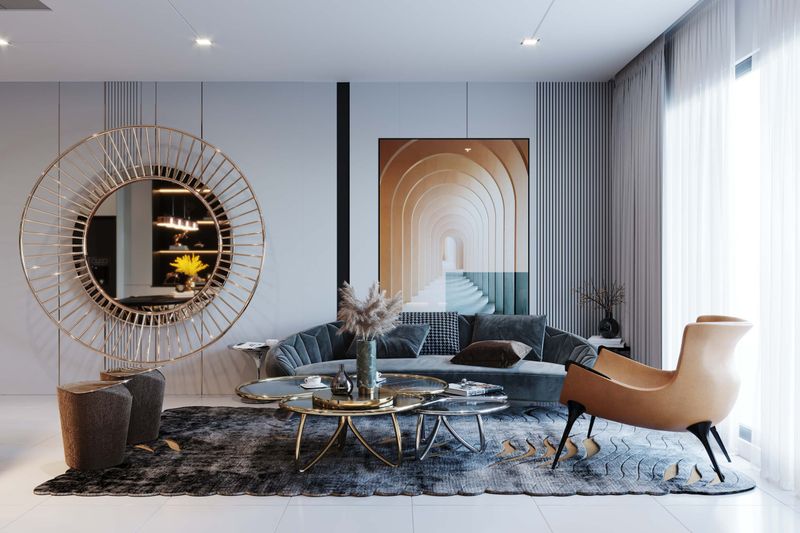
Reflective surfaces bounce light around the room, creating a brighter, more expansive feel. Strategically placed mirrors can double your visual square footage.
Mirrors with quality frames function as art while serving a practical purpose. Positioning them across from windows maximizes natural light – a hallmark of expensive spaces -while creating the illusion of additional windows and architectural interest.
13. Cheap, Flimsy Furniture
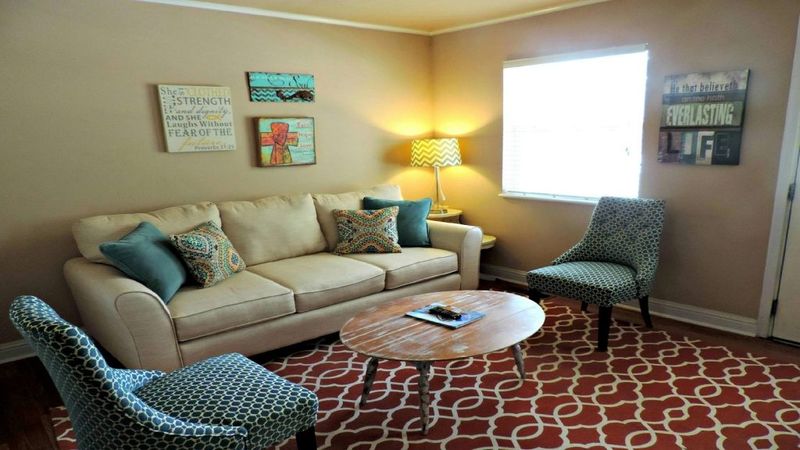
Lightweight pieces that wobble or creak instantly diminish your room’s perceived value. Particleboard covered in thin veneers quickly shows wear at edges and corners.
Budget furniture often features obvious fake wood grain or plastic-looking finishes. Instead, save longer for fewer, better-quality pieces, or hunt secondhand markets for solid wood items that can be refreshed with new hardware or upholstery.
14. Excessive Clutter And Decor
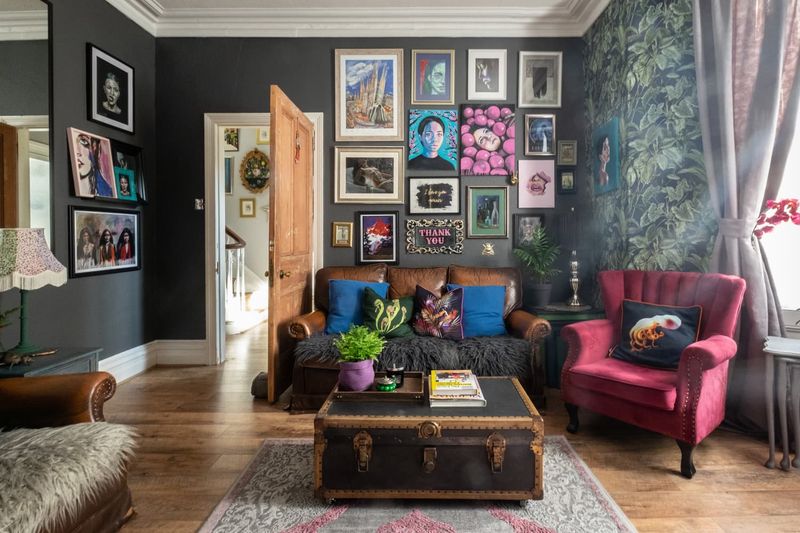
Overcrowded surfaces create visual noise that feels chaotic rather than curated. Too many small decorative items scattered throughout the room create a busy, unfocused impression. Knickknack overload suggests indecision or sentimentality rather than intentional design.
Edit your collections ruthlessly, displaying only your favorite pieces with adequate breathing room between them to maintain that high-end, gallery-like atmosphere.
15. Outdated Window Treatments
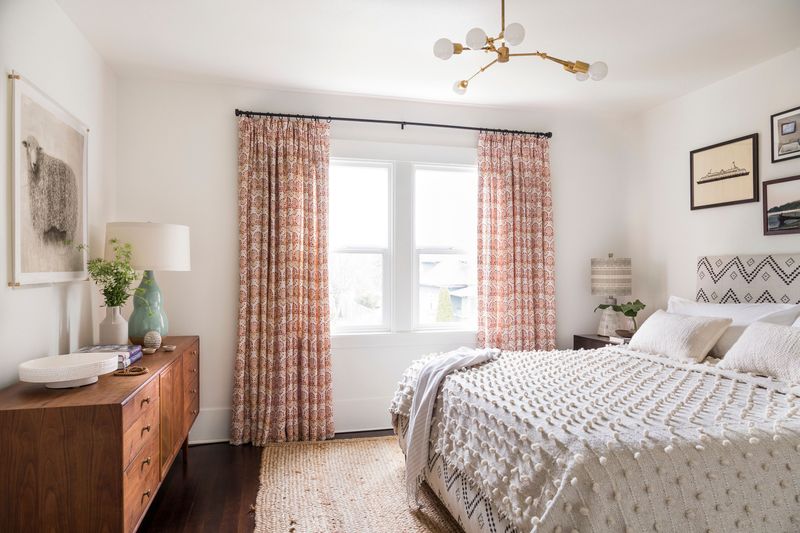
Heavy, fussy curtains with valances or swags instantly date your space to decades past. Short curtains that hit above the floor create an awkward, chopped-off appearance.
Dusty vertical blinds or damaged roller shades signal neglect rather than luxury. Window treatments should be current, properly sized, and installed correctly – hanging curtain rods close to the ceiling rather than directly above window frames.
16. Poor Lighting Choices
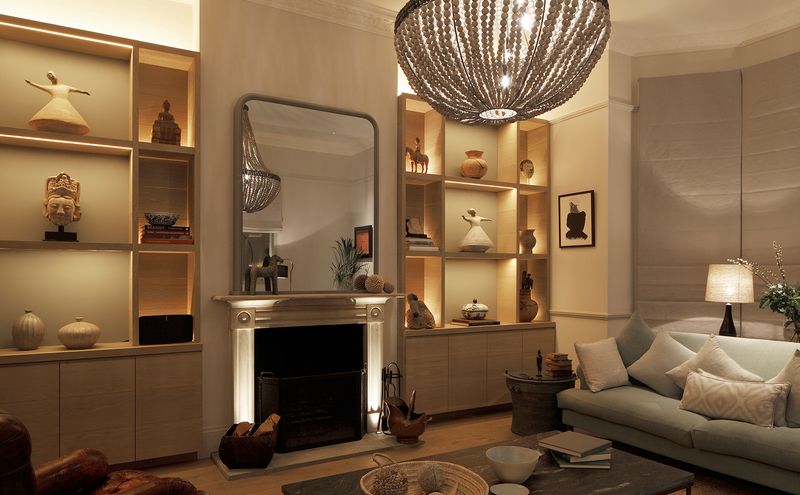
Harsh overhead lighting creates unflattering shadows and an institutional feel. Relying on a single light source rather than creating layers of illumination flattens your space.
Cheap-looking fixtures with flimsy materials or dated designs immediately downgrade your room. Creating a lighting plan with ambient, task, and accent lighting at various heights adds dimension while highlighting your room’s best features.
17. Rugs That Are Too Small
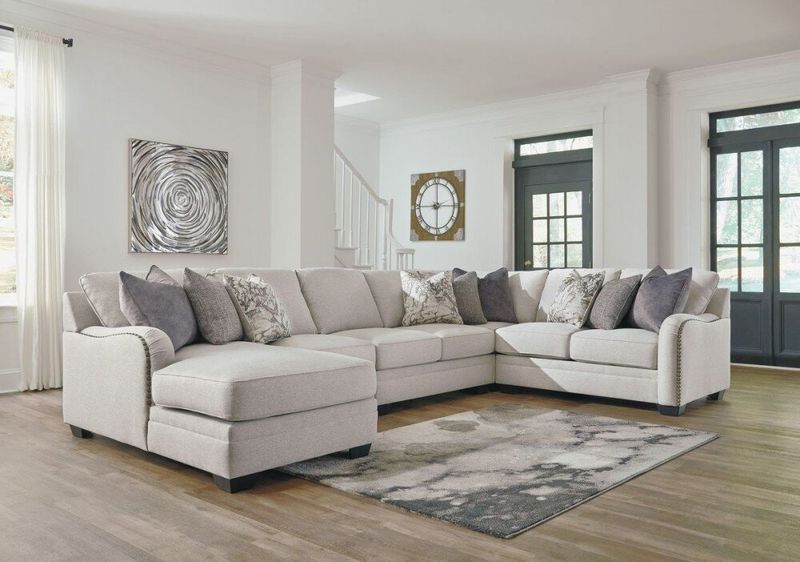
Postage-stamp sized floor coverings floating in vast open spaces create an unanchored, disconnected feeling. Undersized rugs make furniture arrangements appear to be floating awkwardly rather than purposefully grouped.
Small rugs suggest budget constraints rather than design confidence. Even inexpensive large rugs create more impact than expensive small ones, as they properly define your seating area and create visual cohesion.
18. Generic Wall Art
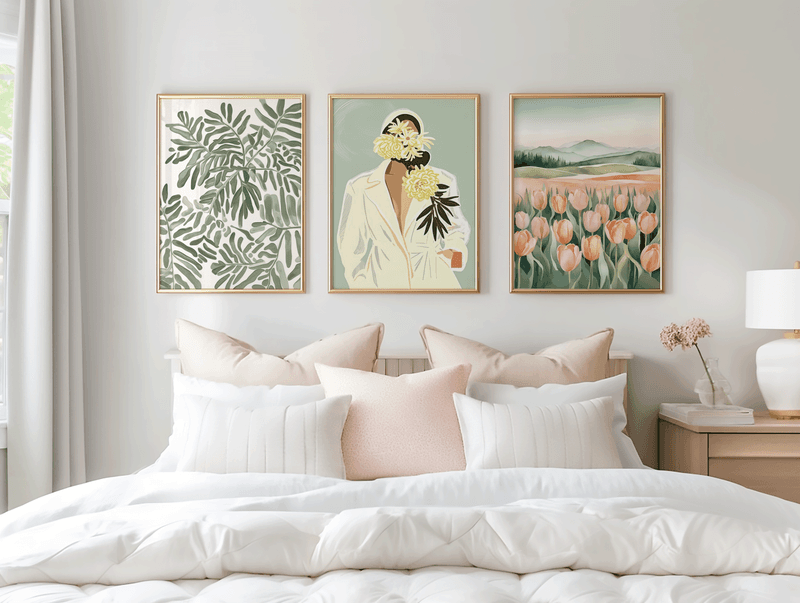
Mass-produced prints with trite sayings or predictable images lack personality and originality. Pieces that are obviously from big-box stores or that match your sofa too perfectly appear calculated rather than collected.
Multiple small pictures scattered across walls create visual confusion. Instead, opt for fewer, larger pieces that make a statement, or create a thoughtfully arranged gallery wall with personal photographs or art that genuinely speaks to you.
19. Mismatched Furniture Styles
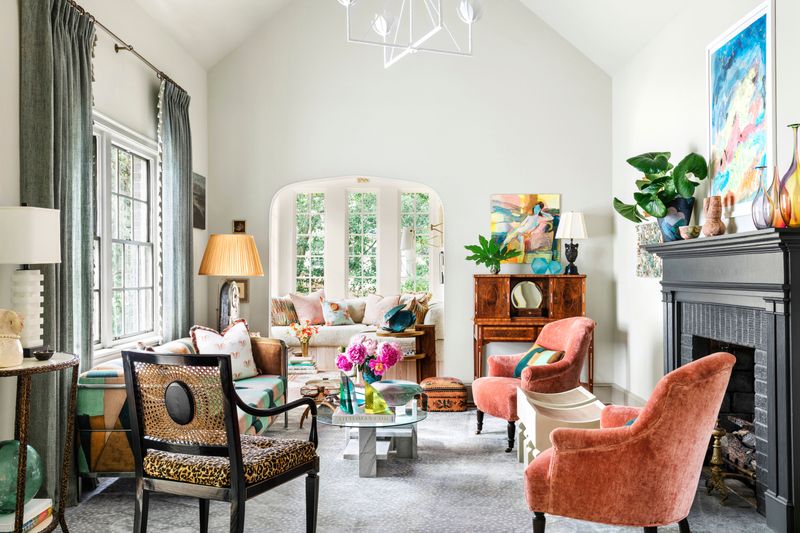
Random combinations without a unifying element create a jumbled, unintentional appearance. When different design periods and styles clash without consideration, the result feels accidental rather than curated.
Successful eclectic spaces maintain cohesion through consistent color schemes, materials, or proportions. Even when mixing styles, maintain a clear design direction rather than combining pieces with no relationship to each other.
20. Overly Trendy Pieces
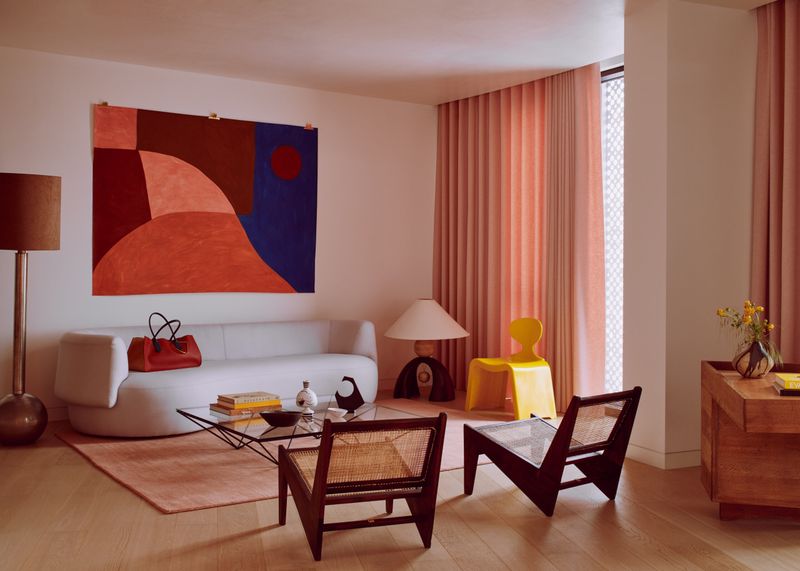
Following every design fad results in a space that quickly looks dated rather than timeless. Rooms filled with instantly recognizable “of the moment” items suggest impulsive purchasing rather than considered collecting.
Trendy elements work best as inexpensive accessories that can be easily changed. Major furniture investments should lean toward classic silhouettes and proportions that will still look appropriate when today’s popular styles have faded.
21. Neglecting Cords And Wires
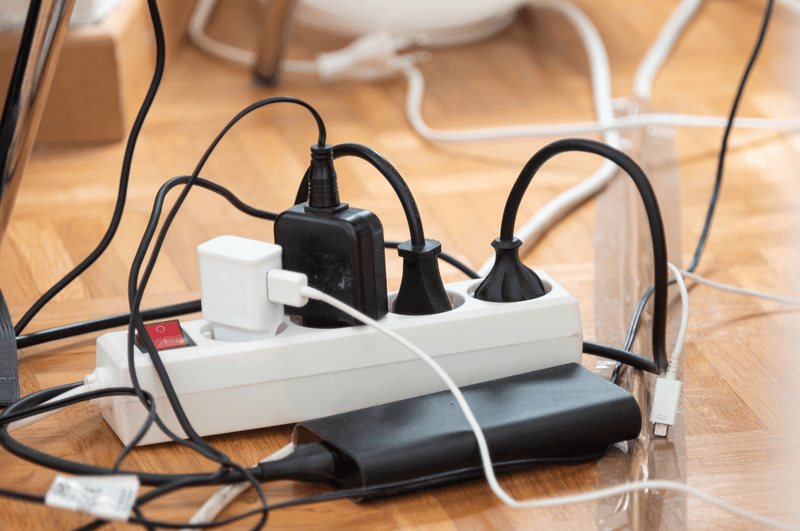
Tangled cables snaking across floors and walls create visual chaos that instantly cheapens your space. Exposed electronic components draw attention to technology rather than design. Visible wiring suggests temporary arrangements rather than thoughtful planning.
Simple cord management solutions like cable covers, strategic furniture placement, or decorative boxes for power strips can maintain the illusion of effortless elegance.
22. Dark, Heavy Color Schemes In Small Spaces
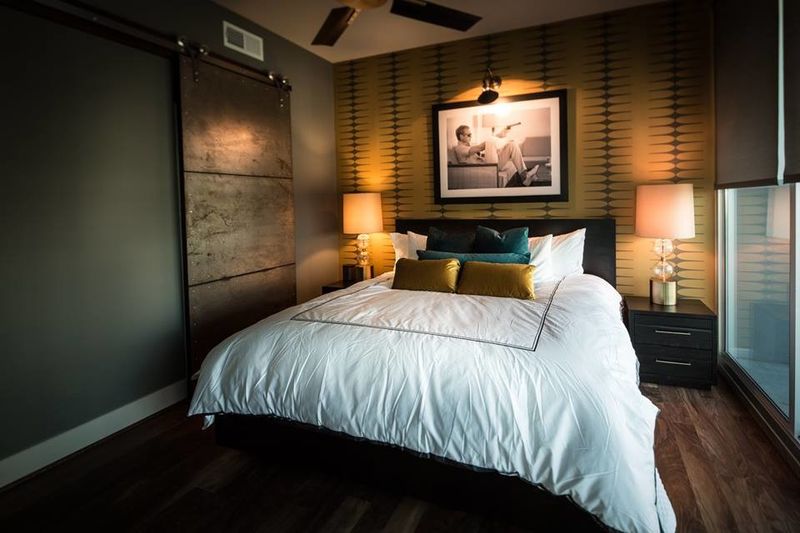
Deep colors absorb light rather than reflecting it, making modest rooms feel cave-like and oppressive. Heavy, dark palettes can make furniture disappear into walls, reducing definition and dimension. Small spaces benefit from lighter tones that expand visual boundaries.
If you love rich colors, consider using them on a single accent wall or through accessories, maintaining lighter neutrals for larger surfaces to preserve airiness.

